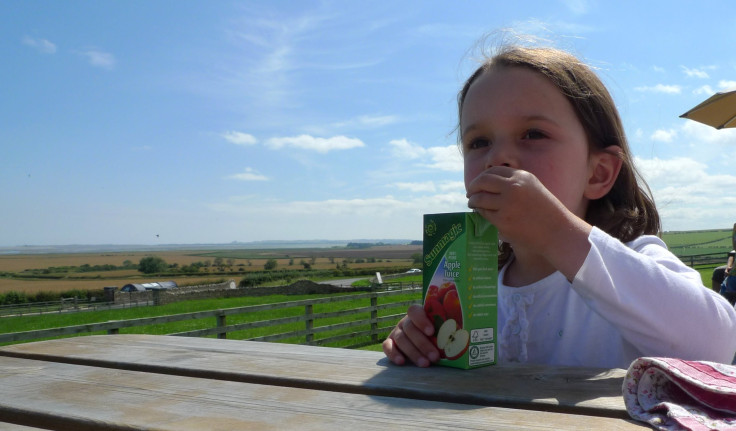Natural Fungal Toxins Found In Many Juices And Cereals

More than half of store-bought apple juices contain natural fungal toxins at higher levels than permitted by law, while fungal mycotoxins have also been found in beers, cereals, and flour, too.
Though well beneath the radar of natural food store patrons, mycotoxins are among the most common natural contaminants of food around the world. Produced by fungi, these toxic substances leach into the food supply, primarily through plants and their fruit.
The toxin is produced by several species of fungi of the Penicillium, Aspergillus, and Byssochylamys kinds, and are found naturally in some fruits, including apples. Stable and soluble in water, they are easily transferred to juices. The dangerous effects of this substance has been confirmed in animal studies, with neurotoxic, immunotoxic, and mutagenic actions. "Even then, it is not one of the most dangerous mycotoxins for health and it is included in group 3 within the categories laid down by the International Agency for Research on Cancer (IARC)," Monsalud del Olmo said.
Group 3, as classified by the World Health Organization, includes mycotoxins and other compounds that are classified as neither carcinogenic nor proven not to be.
In one study, investigators from the University of Granada found patulin, a fungal toxin, in several apple juices available in stores, showing elevated levels in more than 50 percent of samples. A sample of rice also was found to contain higher levels of mycotoxins than allowed by regulators. Also in Spain, researchers at the University of Valencia found the toxins in beers, cereals, and derivative products, such as gofio flour.
New analytical methods developed at these universities allowed for the detection of the health threat. At the University of Granada, researchers used their method of "microextraction and capillary electrophoresis" to analyze the presence of patulin, a type of mycotoxin, in 19 batches of eight commercial apple juice brands. The batches included regular juice, "organic" juice," and juice marketed especially for children.
"The results show that more than 50 percent of the samples analyzed exceeded the maximum contents laid down by European law," Monsalud del Olmo, study co-author, told Food Control magazine.
The European Union permits 50 micrograms of patulin per kilogram of product for fruit juices and nectars, and half as much for solid apple juice products. Foods for young children and breast-fed babies are allowed 10 micrograms per kilogram. Yet, some samples of regular apple juice contained as much as 114.4 micrograms with one batch of baby food overloaded with the toxin at 162.2 micrograms per kilogram — more than 16 times the legal limit.
The research team from Valencia was able to detect the natural toxin in beer, using a new analysis method, finding fumonisins and ochratoxins (sub-types of mycotoxins) in beer samples in Germany, Belgium, the Czech Republic, Italy, Ireland, Poland, and Spain.
"They are minute quantities, although we cannot determine whether they are important because beer is one of the drinks which is not directly included in European law on mycotoxins," Josep Rubert, study co-author reported to media. "What this study does show is that merely controlling the raw material — barley, in this case — is not enough," he said, "and that these toxins are present throughout the technological process, where it has been proven that mycotoxins that are legislated for can become hidden by joining with glucose, so this needs to be taken into account for future research".
As published in Food and Chemical Toxicology, the team also analyzed 1,250 samples of food products made from cereals in Western Europe, finding that gofio flour contained mycotoxin concentrations greater than 1,000 micrograms per kilogram. Moreover, the study found that nearly 11 percent of organic products contained fumosins, whereas conventionally produced products contained only 3.5 percent.
Sources: Víctor-Ortega, Maria Dolores, Lara, Francisco J., García-Campaña, Ana M., del Olmo-Iruela, Monsalud. Evaluation of dispersive liquid-liquid microextraction for the determination of patulin in apple juices using micellar electrokinetic capillary chromatography. Food Control. 2013.
Rubert, J., Soler, C., Marín, R., James, K.J., Mañes, J. Mass spectrometry strategies for mycotoxins analysis in European beers. Food Control. 2013.
Rubert, Joseph, Miguel, Jose, Soriano, Mañes, Jordi, Soler, Carla. Occurrence of fumonisins in organic and conventional cereal-based products commercialized in France, Germany and Spain. Food and Chemical Toxicology. 2013.
Published by Medicaldaily.com



























